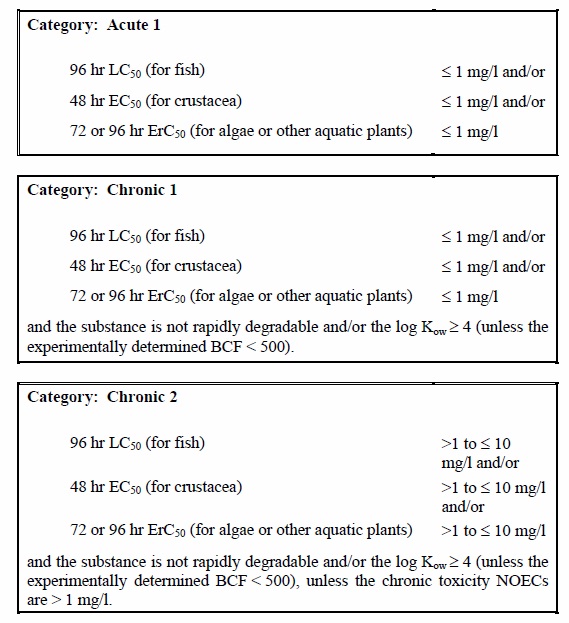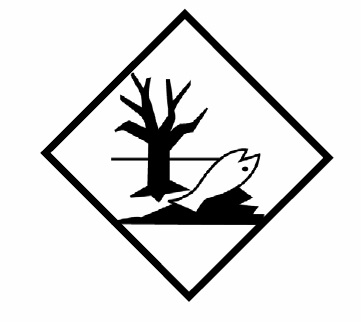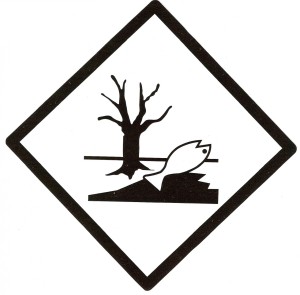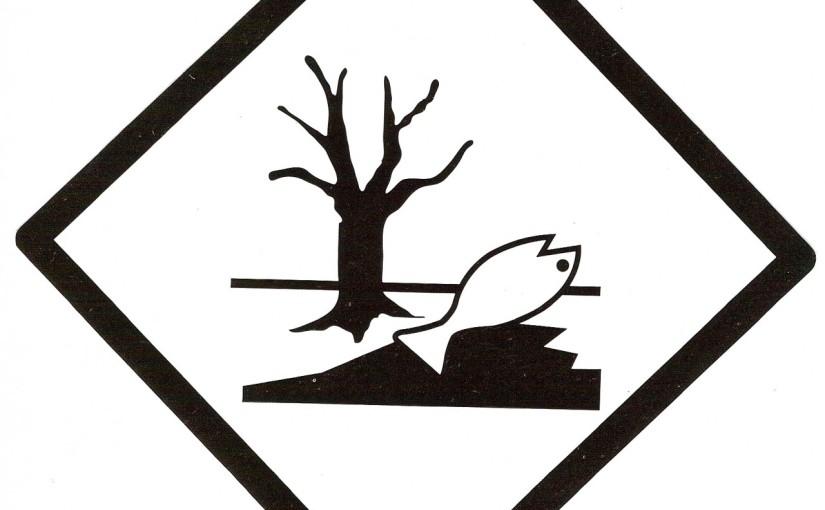International Convention for the Prevention of Pollution from Ships (MARPOL), 73/78, is a combination of two treaties adopted in 1973 and 1978 by International Maritime Organisation.
This convention includes regulations to prevent and minimize pollution from ships. It has six annexes as below.
Annex I
Regulations for the Prevention of Pollution by Oil
Annex II
Regulations for the Control of Pollution by Noxious Liquid Substances in Bulk
Annex III
Prevention of Pollution by Harmful Substances Carried by Sea in Packaged Form
Annex IV
Prevention of Pollution by Sewage from Ships
Annex V
Prevention of Pollution by Garbage from Ships
Annex VI
Prevention of Air Pollution from Ships
IMDG Code 35-10 & MARPOL
MARPOL Annex III , Prevention of Pollution by Harmful Substances Carried by Sea in Packaged Form, is reproduced in IMDG Code 35-10 section 1.1.2.2. Annex III has 8 regulations and an Appendix as below
Regulation 1 = Application
Regulation 2 = Packing
Regulation 3 = Marking and Labelling
Regulation 4 = Documentation
Regulation 5 = Stowage
Regulation 6 = Quantity Limitation
Regulation 7 = Exceptions
Regulation 8 = Port State control and operational requirements
Appendix
CRITERIA FOR THE IDENTIFICATION OF HARMFUL SUBSTANCES IN PACKAGED FORM
For the purposes of this Annex, substances identified by any one of the following criteria are harmful substances:

Section 2.9.3 of IMDG Code 35-10 sets out the classification criteria for Environmentally hazardous substances (aquatic environment)
Chapter 2.10 defines Marine pollutants as “substances which are subject to the provisions of Annex III of MARPOL 73/78, as amended”
Index of IMDG Code 35-10 and Column 4 in Dangerous Goods Lists in chapter 3.2 identifies Marine Pollutants with symbol P.
However when a substance, material or article possess the properties of marine pollutant but not identified in IMDG Code as such it shall be transported according to the relevant provisions for carriage of marine pollutants.
Packages containing marine pollutants must be marked with the recognized chemical name of the marine pollutant and bear the Marine Pollutant mark set out in section 5.2.1.6.3 of IMDG Code 35-10 which is shown below
 dimensions shall be at least 100 mm × 100 mm, except in the case of packages of such dimensions that they can only bear smaller marks.
dimensions shall be at least 100 mm × 100 mm, except in the case of packages of such dimensions that they can only bear smaller marks.
However single packagings and combination packagings having :
– a net quantity of 5 l or less for liquids; or
– a net mass of 5 kg or less for solids
need not be marked.
Containers containing marine pollutants must be marked with marine pollutant mark having minimum dimensions of 250 mm x 250 mm one on each side and one on each end of the container even if the container contains packages not required to bear the marine pollutant mark





